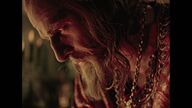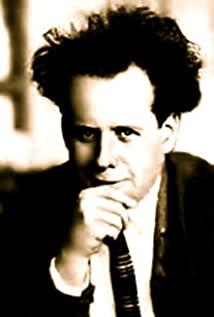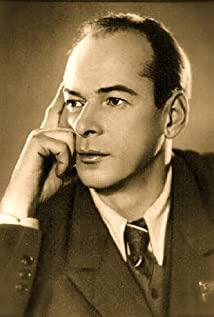Since I have little knowledge of historical facts, the following evaluation is basically a personal comment from the perspective of film art. 1. There are many fixed lenses and a small amount of moving lenses. But a large number of shots have distinct layers in front and back (near and far), which greatly expands the narrative capacity of a shot and the beauty of composition. ·The composition is perfect, and each frame has the beauty of a classical painting. It is hard to imagine that it was a work from 80 years ago. The people's S-shaped queue has a sinuous aesthetic and infinite malleability. The use of the compositional principle of symmetry between the diagonal and the central axis, the arc-topped door frame, and the protagonist's many times of looking up or sighing or self-injuring, all give people a deep impression. ·The scenes and characters are highly restored, and the palace buildings and characters are highly consistent with the paintings. ·Part of the plot in the second part has color, red festive and carnival.
2. The fragility of the protagonist is consistent from childhood to middle age, and it is also consistent in the first and second parts. Even with a resolute side, and even later blackened and become vicious and cruel, the experience of being orphaned by a mother, the loneliness of being betrayed by friends, being ignored because of her young age, the powerlessness of being suppressed by (due) power, the feeling The thirst for true camaraderie presents the fragile beauty of the protagonist.
·The use of light and shadow ①Using the shadow formed by side light on the face of the character ②Front/back light to project the huge silhouette of the originally smaller person on the wall.
·The exaggerated style of the stage play.
View more about Ivan the Terrible, Part II: The Boyars' Plot reviews










